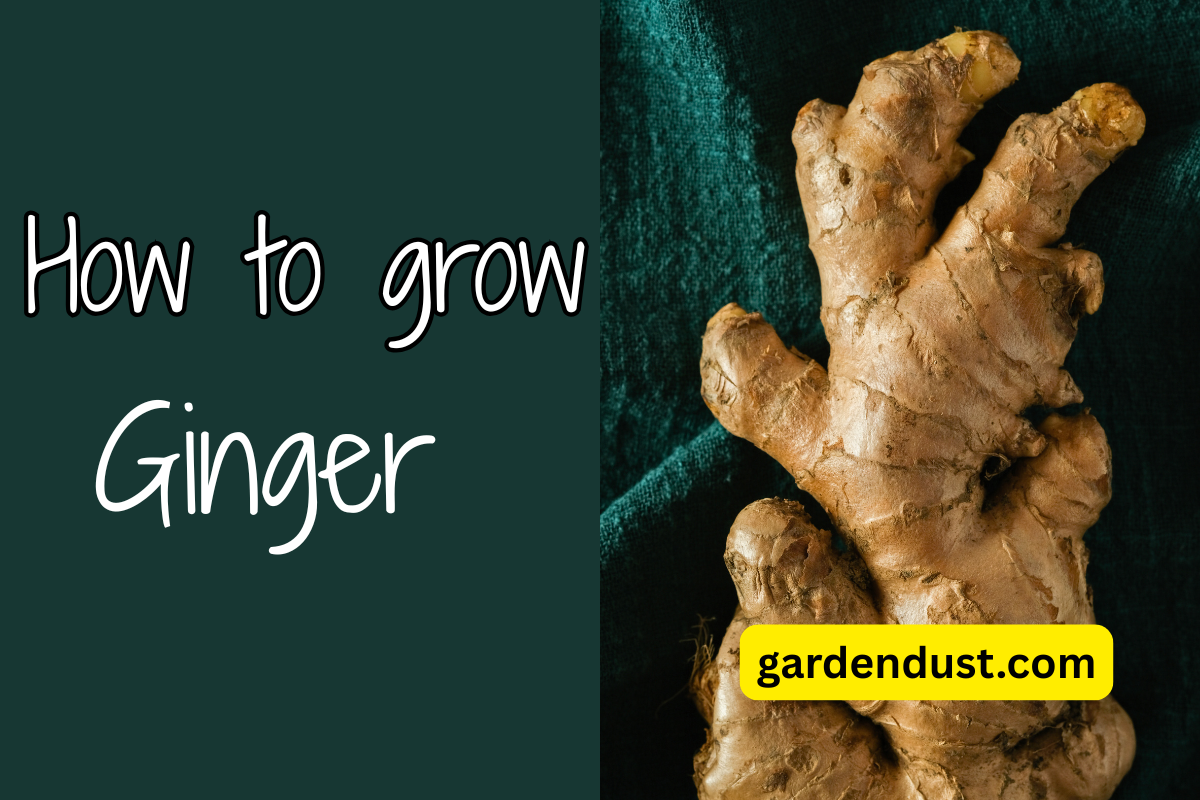Embracing the beauty of indoor plants goes beyond mere aesthetics; it’s a commitment to nurturing a miniature ecosystem within your home. To ensure the vibrant health of your indoor green companions, providing them with the right nutrients is essential. While commercial fertilizers are readily available, homemade alternatives offer a personalized touch and often prove to be cost-effective. In this article, we’ll explore 11 homemade fertilizers that cater to the specific needs of your indoor plants. Let’s begin…
Homemade Fertilizers For Indoor Plant
1. Banana Peel Fertilizer
Bananas are not just a delicious snack; their peels are rich in potassium, an essential nutrient for plant growth. To make the fertilizer, chop banana peels into small pieces and soak them in water for a few days. Use the resulting banana peel-infused water to water your plants, providing a nutrient boost.
2. Eggshell Elixir
Eggshells are an excellent source of calcium, which promotes strong cell walls in plants. Crush dried eggshells into a fine powder and sprinkle it around the base of your plants or mix it with soil. The slow release of calcium supports overall plant health.
3. Coffee Grounds Blend
Used coffee grounds are rich in nitrogen, making them an ideal fertilizer for leafy indoor plants. Mix coffee grounds with water to create a nutrient-rich solution, and use it to water your plants. The grounds also act as a natural pest repellent.
4. Fish Tank Water Nourishment
If you have a home aquarium, don’t discard the water during regular cleaning; instead, use it to fertilize your plants. Fish tank water is rich in beneficial nutrients like nitrogen and trace minerals. Ensure the water is diluted to prevent over-fertilization and water your plants as usual.
5. Molasses Magic
Molasses is a secret ingredient that promotes microbial activity in the soil. Mix a tablespoon of unsulphured molasses with a gallon of water and use it to water your plants. This sweet solution enhances nutrient absorption and fosters a healthy soil ecosystem.
READ ALSO:-10 TIPS -PROTECT YOUR PLANT FROM HEAT WAVE
6. Seaweed Soup for Plants
Seaweed is a natural treasure trove of minerals and growth hormones. Rinse seaweed thoroughly to remove excess salt, then soak it in water for a few days. Dilute the resulting solution and use it as a fertilizer to stimulate plant growth.
7. Green Tea Infusion
Rich in antioxidants and nutrients, green tea can be a gentle fertilizer for your plants. Brew a weak solution of green tea by steeping used tea bags or loose leaves in water. Use this tea to water your plants, providing them with a nutrient boost and enhancing their resilience.
8. Compost Tea Elevation
Enhance the power of compost by creating compost tea, a liquid fertilizer. Soak compost in water for a few days, stirring occasionally, and strain the liquid. Dilute the compost tea and use it to water your indoor plants for a well-rounded nutrient supply.
9. Nettle Nourishment
Nettles are a nutrient-rich herb that can be transformed into a potent fertilizer. Soak nettles in water for a few weeks, then strain the liquid. Dilute the nettle-infused water and use it to fortify your indoor plants with essential nutrients.
10. Wood Ash Wonder
If you have a fireplace, wood ash can be a valuable fertilizer for certain plants. Sprinkle wood ash around plants that prefer alkaline soil, as it contains potassium and helps balance pH. Use sparingly, as excessive use may alter soil pH levels.
11. Milk Marvel
Milk is a source of calcium and protein, providing nourishment to your plants. Mix equal parts milk and water and use it as a fertilizer. This solution is particularly beneficial for tomatoes and other calcium-hungry plants.
Caring for indoor plants becomes a gratifying experience when you actively participate in their growth journey. Homemade fertilizers not only cater to the unique nutritional needs of your green companions but also add a personal touch to your gardening routine. Experiment with these 11 homemade fertilizers, and witness the thriving beauty of your indoor oasis. Remember to observe your plants closely and adjust the fertilization routine based on their individual requirements. Happy Gardening…







